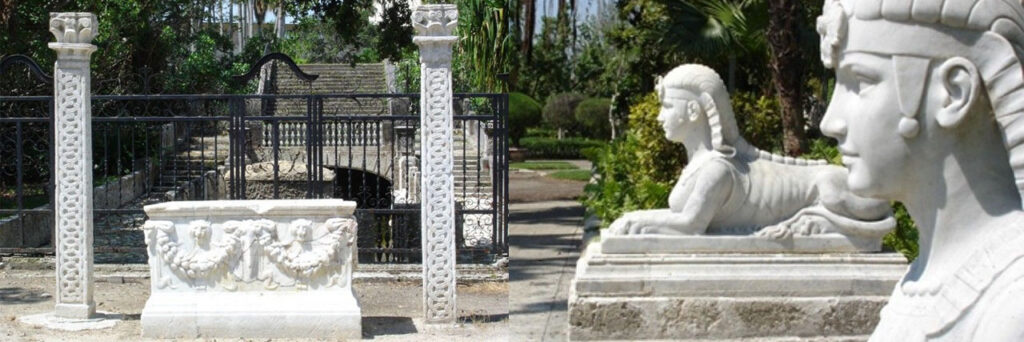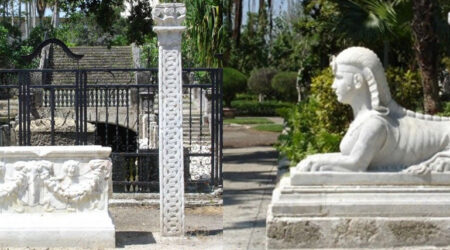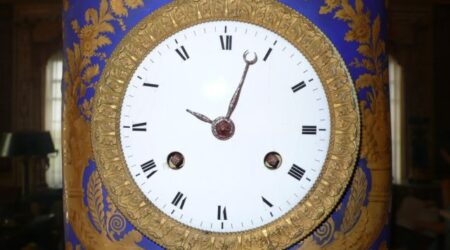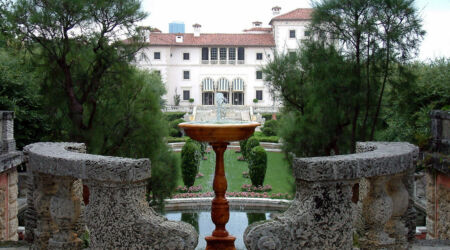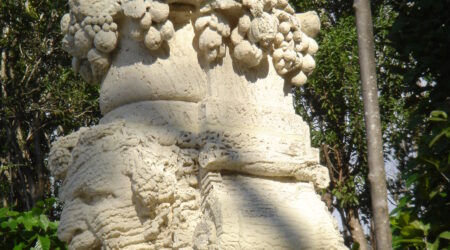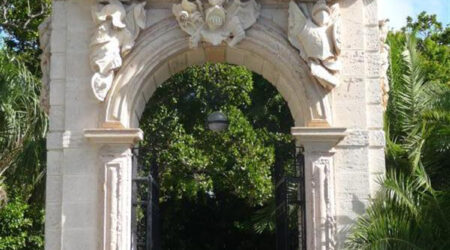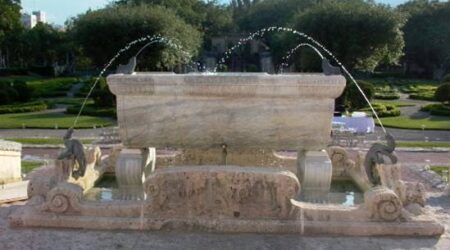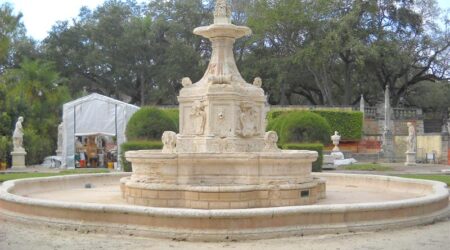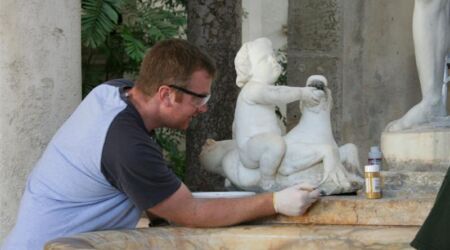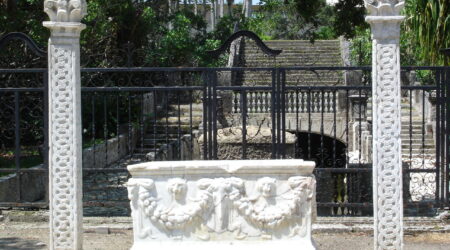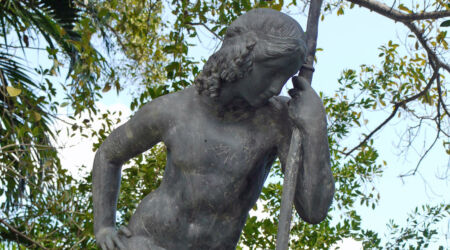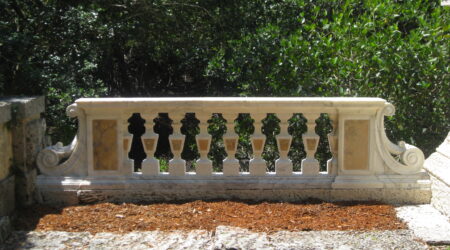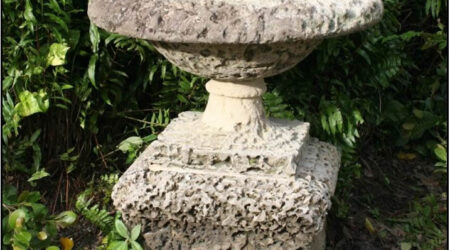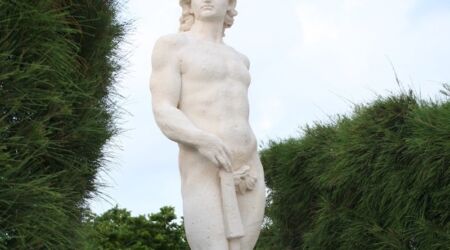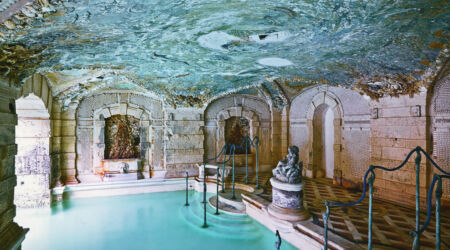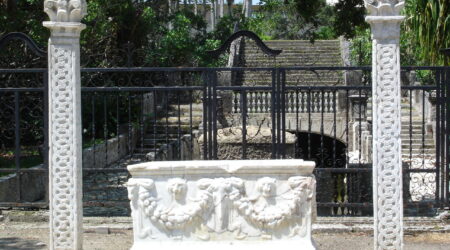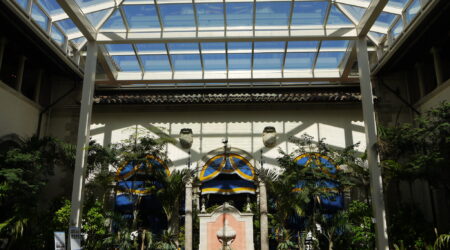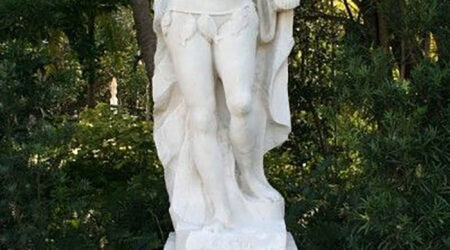Museums represent complex ecosystems where buildings, artwork, and public engagement deeply interconnect. Preservation challenges arise when traditional divisions between structures, collections, and visitor needs blur—particularly in historic house museums or institutions with extensive art integrated into architectural spaces. The preservation process requires delicate negotiation between often competing priorities:
- Maintaining ideal environmental conditions for artifacts
- Preserving the structural integrity of historic buildings
- Ensuring visitor accessibility and engagement
- Implementing conservation strategies that respect both architectural and artistic heritage
Housekeeping, building maintenance, and conservation activities frequently overlap, demanding sophisticated, interdisciplinary approaches. Restoration and construction plans must carefully navigate the intricate landscape of historic preservation standards, collections care requirements, and practical visitor experiences. Since the New Orleans Charter for the Joint Preservation of Historic Structures and Artifacts was adopted by professional organizations like APT, AIC, AIA, AAM, and NCSHPO, the museum field has increasingly recognized the need for integrated conservation strategies. However, actual implementation continues to present significant challenges, especially in areas like climate management and balancing professional standards with real-world usage.
Successful preservation requires a comprehensive understanding that goes beyond technical interventions. It demands a holistic perspective that views historic sites as living environments where architectural fabric, artistic collections, and human interaction are fundamentally interconnected. The goal is not just to protect individual elements but to create sustainable approaches that maintain the authenticity, integrity, and narrative power of cultural heritage spaces.
From National Historic Landmarks to unique cultural institutions, we’ve mastered the art of negotiating the complex challenges of museum conservation. Our multi-disciplinary team understands that successful preservation requires more than technical expertise—it demands a holistic vision that respects the interconnected nature of historic environments. Featured below are projects from a multi-year engagement at Vizcaya Museum & Gardens in Miami, FL that have allowed us to hone our approach.
